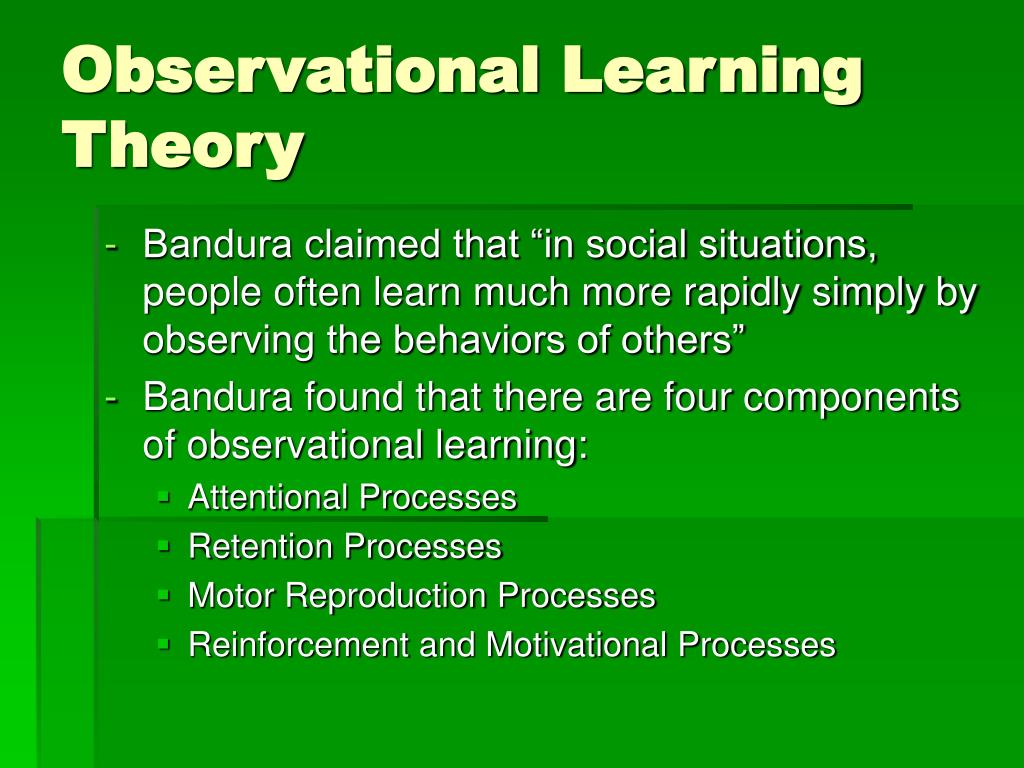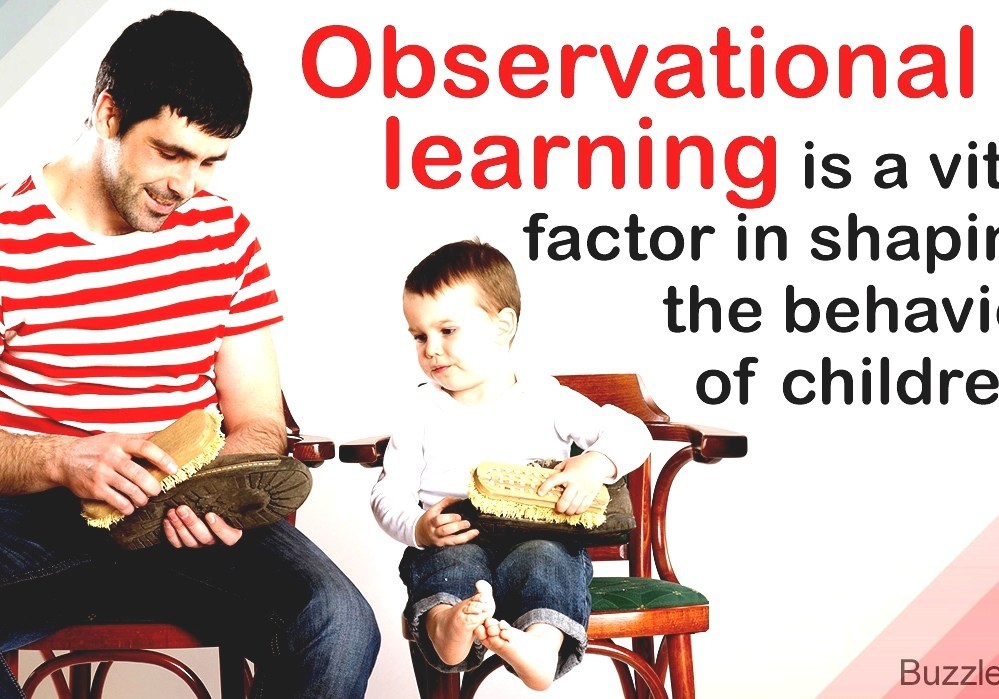

Note whether you personally tend to filter what you see as “negative evidence” (where behaviors do not meet standards you expected) or as “positive evidence” (where behaviors do meet your expectations). Observation skill is a central science process skill and can be used as a teaching/learning strategy in science classrooms to enhance students scientific. Use a “wide angle lens.” Try to take in the whole visual field. You “videotape” by observing and listening you “play it back” by writing down notes of what you have seen and heard.
Observation learning movie#
Think of yourself as someone who is videotaping a movie and playing it back. Make sure staff understand that the observation is for learning purposes regarding participant progress – not for assessing the performance of participants. If you have other staff at the program, have them lead program activities on the days you are planning to engage in observation. Taking notes before filling out your rubric can help you stay in the “objective observer” role.Ĭoordinate with program staff. Then, fill in the observation rubric for each individual participant observed. Instruction Educators must encourage collaborative learning, since much of learning happens within important social and environmental contexts. People with different personality types learn and retain knowledge best. How Observational Learning Impacts Learning: Curriculum Students must get a chance to observe and model the behavior that leads to a positive reinforcement. Allocate 30 to 45 minutes after each observation or set of observations to capture what you heard and saw. Observational learning is the process of learning by watching a real-life example. This toolkit assumes that you or another member of your staff are measuring individual participants at one OR two points in time (to compare change over time). There are several ways to approach observation.

Learn about the strengths and limitations of observation. Record the data in a consistent way, filling out your observation rubric as soon as possible after the observation (which may require detailed note-taking).Observe your designated program participants (either one time or at several specific and intentionally selected points during the program).Create an observation rubric (like a matrix) to measure and track what you are seeing among participants in your program using specific dimensions and ratings. Observational learning occurs as a result of witnessing another person, but is performed later and cannot be explained as having been taught in any other way.

To collect reliable and accurate data through observation, the approach and process need to be systematic. More formal evidence for the existence of observational learning has been provided by hundreds of studies, many of them performed with. Observation is a data collection method often used to assess hard-to-measure “soft” skills and behaviors.


 0 kommentar(er)
0 kommentar(er)
